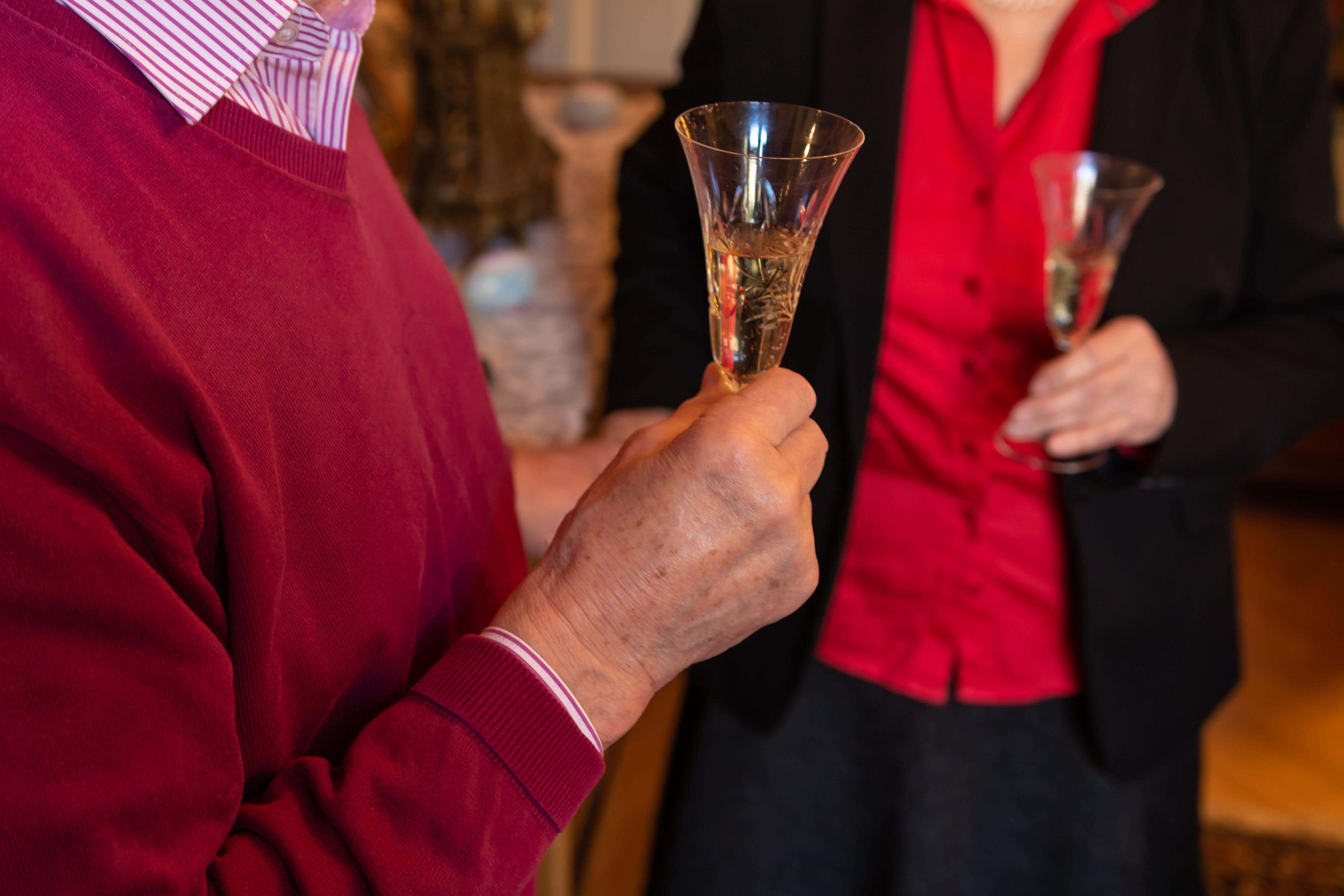Residents should be allowed to drink in care homes, staff guide suggests
Inspectors said some care homes were ‘wrapping people in cotton wool’ by not allowing them to drink.

Care homes must find the balance between minimising risk and maximising quality of life when it comes to allowing residents to drink alcohol, according to a guide for care staff.
People living in care homes and their relatives generally feel drinking alcohol is an important part of living happily in old age, research suggested.
Academics who described their work as the first of its kind in England on the topic, produced the good practice guide after finding that while some care homes had alcohol readily available, others had blanket bans.
Some care home inspectors said staff had become “paternalistic” or were “wrapping people in cotton wool” by not allowing them to drink, according to the small study by the University of Bedfordshire in partnership with the health watchdog, Care Quality Commission (CQC).
People living in care homes should be supported to have as much choice and control of their lives as possible. It is important to remember that just as health has value, so too does pleasure
The research involved individual or group interviews with more than 130 care staff and managers, 65 inspectors, 21 residents and eight family members across 121 care homes in England.
The guide states that the “goal is to find a balance between minimising risk and maximising quality of life”.
Researchers said inspectors wanted care staff to strike a balance between health, personal choice, risk, safety, equality, diversity and human rights, having found that roughly a quarter of the homes took a “risk averse” approach.
However, the researchers acknowledged this is not always straightforward, if for example a care home resident wanted to keep drinking while taking medications that do not mix well with alcohol.
This important research shines a light on the importance of care homes safely supporting their residents to continue drinking alcohol if they wish to, using their professional expertise to balance the risks alongside the individual’s preferences
Dr Sarah Wadd, based at the university’s Tilda Goldberg Centre for Social Work and Social Care, led the study.
She said: “People living in care homes should be supported to have as much choice and control of their lives as possible. It is important to remember that just as health has value, so too does pleasure.
“The goal is to find a balance between minimising risk and maximising quality of life. Our research has shown that this isn’t always happening in practice. We have produced good practice guidance for care staff and a guide for care home residents and the general public.”
The guidance states that there should be “personalised care and risk-based assessment, with regard to safety, mental capacity and human rights”, with people supported to have “maximum choice and controlof their lives and supported in the least restrictive way possible and in their best interests”.
The guide acknowledged there can be issues with some people drinking heavily or being “alcohol dependent”, and advised that alcohol consumption in these cases should only be reduced with supervision from a healthcare professional or alcohol service.
The research also found that some care staff were concerned about the action CQC might take if something went wrong in relation to alcohol, which the guide noted “sometimes meant their practice was too risk averse and placed disproportionate restrictions on residents’ drinking”.
Care staff are advised to ensure attempts are made to assess and mitigate the risks, ensure that decisions are recorded and communicated to other staff, and to learn when things do go wrong so that future harm can be prevented, according to the guide.
Amy Hopwood, from the CQC, said: “This important research shines a light on the importance of care homes safely supporting their residents to continue drinking alcohol if they wish to, using their professional expertise to balance the risks alongside the individual’s preferences.
“Just like anything else in life that is a matter of taste and choice, how care homes manage alcohol is a strong indicator of how well they are delivering good, safe, personalised care to their residents.”
Bookmark popover
Removed from bookmarks